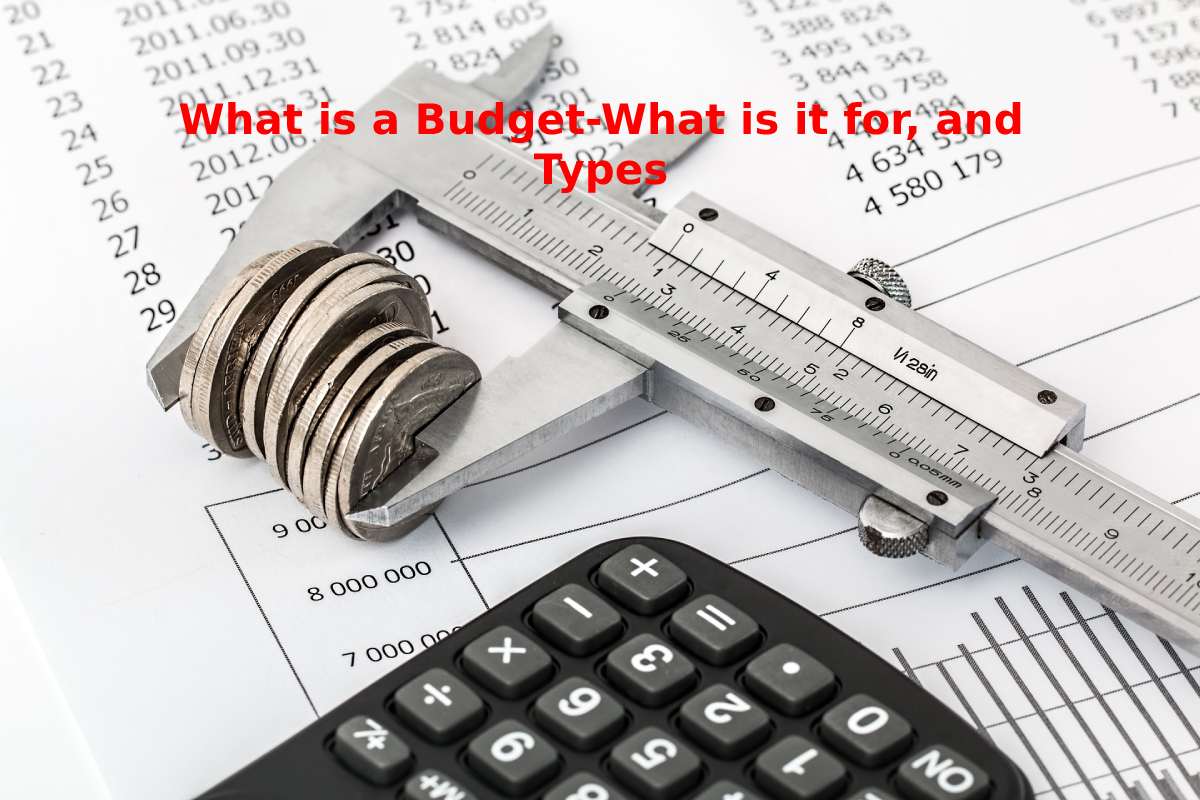A budget is the future estimate of a company’s operations and resources. It is prepared to obtain the economic and also financial objectives proposed in a given period.
In other words, preparing a budget is simply sitting down to plan what you want to do in the future and express it in monetary terms. When we design a budget for our company, we plan for the future.
Table of Contents
What is a Budget For?
It is essential to ask what a budget is for? Let’s see it below.
Know-how much Money you are Going to Earn
Keeping in mind the amount of income generated monthly will help define what expenses can be assume. In practice, this allows capital to be organized in the best possible way to make it perform to the maximum.
Know Where the Money is Going to Go
It will allow defining which expenses are necessary and which are not so that strategic decisions can be made responsibly.
See how to Organize Finances
Taking control of the company’s economy will allow prioritizing expenses, setting goals, and also developing skills to analyze different situations and react appropriately to unforeseen events.
Establish the Method to Achieve the Objectives
Once the benefits and expenses have been organize, we will be able to specify the short, medium and long-term objectives so that in this way, their achievement can be planned in an orderly and coherent manner.
Types of Budgets

There is a wide variety of different types of budgets classified based on a series of criteria that we explain below.
1. Depending on the Entity
Here we will have public and private budgets.
- Public: they are elaborate by the different States and Public Administrations to control the additional dependencies’ expenses. First, an estimate is made of the expenditures that will be make to meet public needs, and then how to cover them is consider. This type of budget is prepare based on costs since.
- Private: they can be made by private companies, who first estimate their income and then establish how to spend.
Public budgets are something we hear about in the news, but they have nothing to do with those of private companies when preparing them.
2. Depending on its Content
Depending on the content of the budget, these can be main and auxiliary.
- Central: they are a kind of summary where the structural points that make up the elements of the company are establish.
- Auxiliaries: the estimate operations of each of the company’s departments will show; they are part of the central budget.
3. Depending on its Shape
Budgets, according to their form, can be flexible or fixed.
- Flexible: They anticipate alternatives. Therefore they have a certain elasticity in the face of possible changes. In this type of budget, there are different plans for other options in case the foreseen situations are modify. Said variations are express by setting percentages according to a determined base.
- Fixed: are the budgets that remain the same throughout the budget period; that is, no variations will foreseen on the face of possible changes. Though this does not get nasty, they do not take to be review periodically.
In practice and depending on the circumstances of the companies, most budgets are flexible.
4. Depending on its Duration
Depending on the duration, the period to which the budget refers can be short-term or long-term.
- Short-Term: Applies if the operating cycle spans one year or less.
- Long-term: Applies if the operating cycle spans more than one year.
5. Depending on the Production Technique
Here budgets can be estimate and standard.
- Estimates: are those budgets make base on past experiences, that is, empirically, so there is a more or less reasonable probability that what has been estimate will happen.
- Standard: These budgets are make on a scientific basis, and through statistical studies, so the error percentage is significantly reduce, and they represent the results that should be obtaine.
Although it may not seem like it, estimated budgets are very useful.
6. Depending on the Estimated Objective
Depending on the estimated objective, there are three types of budgets: financial position, results and costs.
- Financial position: this type shows the economic situation that the company will have in the future if the estimated objective is reach.
- This budget will show the results to obtain if the initially plan conditions will met.
- Of costs: they reflect the disbursements that will be make for a future period. For its elaboration, the sales forecasts can taken as a basis.
Conclusion
A budget is a financial plan for a defined period, repeatedly one year. It may also contain planned sales volumes and revenues, resource quantities, costs and expenses, assets, liabilities and cash flows.
Also Read: What is GST? – Objectives and Benefits

